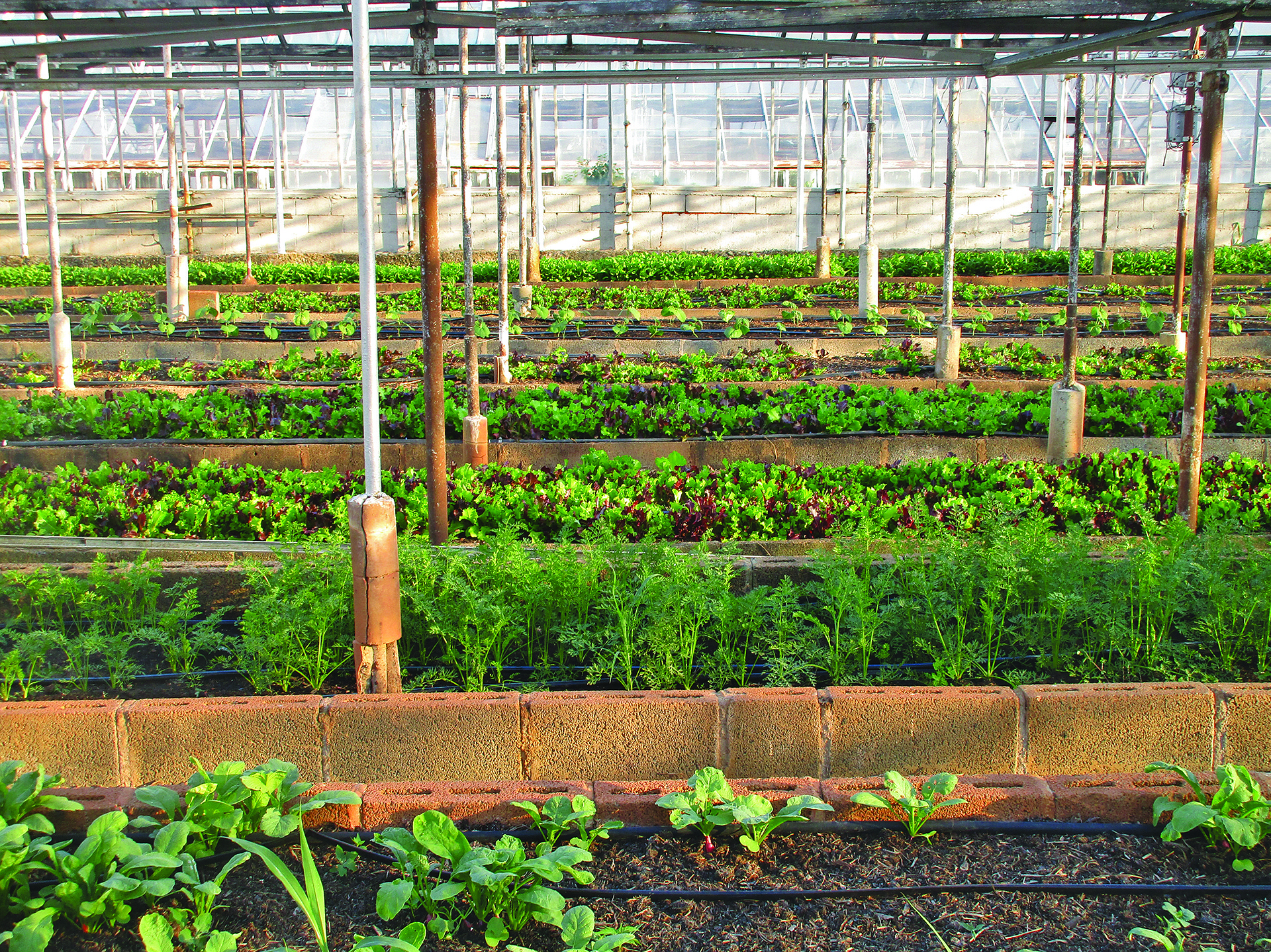Is there a place for urban agriculture in Scottish cities?
By Ishaan Patil, researcher. First published in The Herald.
Food security might not seem like a big issue in Scotland. Comparatively, to other places around the world, it’s not. But that doesn’t mean there aren’t any problems within our food system.
Issues like climate change, which will increasingly impact the crops we grow, Brexit, COVID and the Ukraine war, are showing us that global and local shocks can impact our food supplies.
Health related issues that affect a large majority of Scottish people – due to lack of access to healthy and fresh food – also remain a high priority for policy makers.
One potential idea to soften the impact of food shocks and to connect people to healthy food could be urban agriculture – food grown in and on the edges of our urban areas. Not that long ago, in fact, market gardens, on the edges of our cities, were a common source of our fresh veg.

A place for urban agriculture?
While the market garden might have had its day, having been more or less displaced by more centralised-commercial food systems, could the resurgence in allotments and interest in new technologies like vertical farming offer a viable additional food resource? The short answer is, in their current form, no, but there is potential.
It’s something we’ve been looking into for the Scottish Government, who asked the Hutton for a review of urban and peri-urban (areas around urban areas) agriculture in Scotland.
A global trend in urban growing
When we look outside Scotland, there are examples of where urban agriculture helps to make fresh fruit, vegetables and salads more available. It’s particularly notable in parts of the USA where urban agriculture has been specifically used to help get basic daily fruit and vegetables to the urban poor. It’s also being used by restaurants and supermarkets, who have associated growing spaces to provide a supply of fresh herbs and other produce.
Here in Scotland, most farming in and around our cities and towns is non-commercial. It’s allotments and community gardens, all on small scales and mostly volunteer led or for personal recreation.
While they provide social, community and environmental benefits, reducing social isolation, improving biodiversity and regenerating otherwise disused spaces, increasing food production and tackling food insecurity are not always their main goals.

Urban agriculture in Scotland
There are some great examples of where Scottish urban agriculture does have a greater impact, notably Locavore, which has become well known for establishing a market garden and veg box scheme in the middle of Glasgow.
Can we do more and what would this involve? Yes, but it would involve a level of upscaling and commercialisation. This would involve incorporating food growing into urban planning policies, creating and supporting markets and value chains and providing processing and storage facilities.
We looked at previous studies that showed that introducing horticulture into urban spaces would mean repurposing land from other purposes for growing food. This would need local and national policy support.
Pressures on urban planning
This could be challenging, due to existing pressures on urban planning from competing needs in cities. But our review suggests that it could be worthwhile.
As well as providing more locally grown food and reducing food insecurity, urban agriculture can spur innovation around producing and getting food to consumers, with the potential to create new businesses and business models.
This could include innovations in technology, such as controlled environmental agriculture, also called vertical farming, which may be well suited to urban areas because it uses limited space and could be housed in re-purposed buildings. There is already interest in vertical farming and companies trialling it, like Intelligent Growth Solutions (IGS), hosted by the Hutton at our Invergowrie campus, near Dundee.
Agri innovation in action
There are other examples of innovative and experimental forms of food production and distribution, often at a micro scale and for niche products. These could potentially develop micro-businesses producing food products in urban areas. An example is The Wash House Garden market and community garden in Glasgow, which, alongside producing fruit and vegetables, also organises classes to teach people how to use the produce as well as renting out their space for additional income.
So the potential is there for community supported agriculture, rooftop gardens even, in ways that bring consumers and producers together in new business models and networks.
But there are also barriers. It would need a commitment to land-use changes that create spaces for growing, but also support for new business models in urban areas.
Looking beyond food policy
That means looking beyond just food policy. Perhaps by looking at land in and on the edges of cities a bit differently, there could be an opportunity to boost what we grow locally, boost innovation and local food networks, and provide the social and health benefits that our more common allotments and community gardens offer?
To read the full study, visit: Urban and Peri-Urban Agriculture in Scotland
Disclaimer: The views expressed in this blog post are the views of the author(s), and not an official position of the institute or funder.
